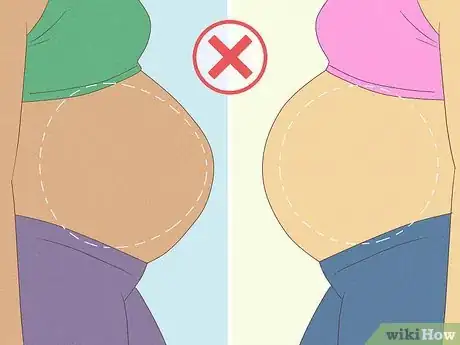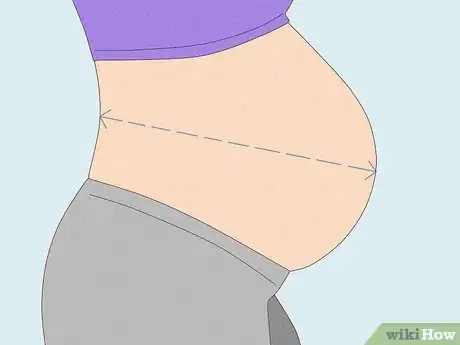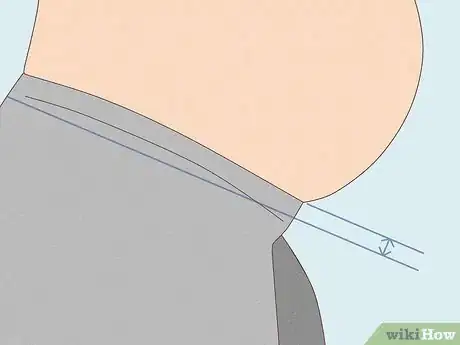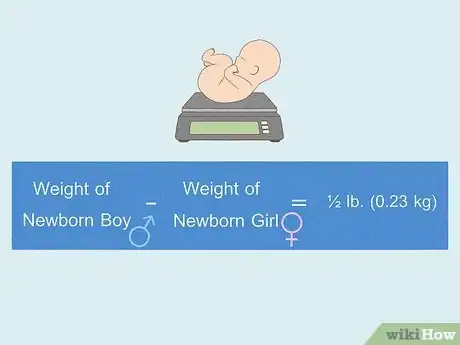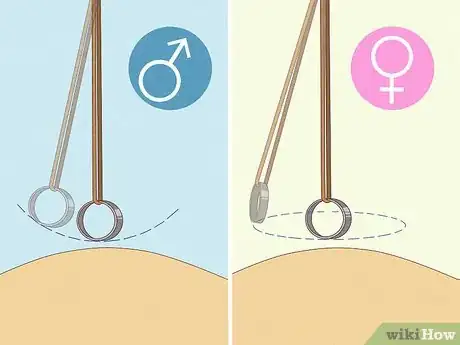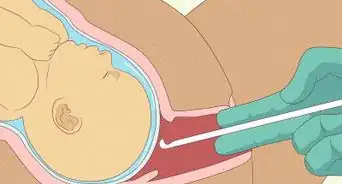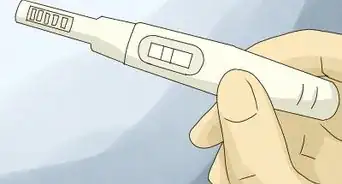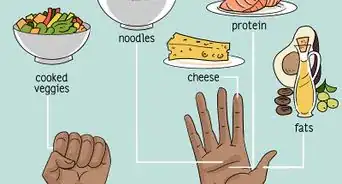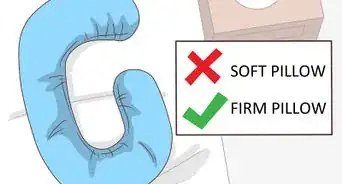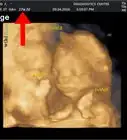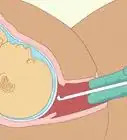This article was co-authored by Denise Stern and by wikiHow staff writer, Eric McClure. Denise Stern is a Parenting Specialist and the CEO of Let Mommy Sleep, the country’s leading Baby Nurse and Postpartum Care service. Denise specializes in providing nurturing care to newborns and evidence-based education to their parents. She holds a BA in Public Relations from North Carolina State University. Denise was the US Chamber of Commerce Leading Woman-Owned Business in 2013, a Washington FAMILY Magazine Mother of the Year in 2016, and on the elite White House Summit for Working Families hosted by the President and First Lady Obama in 2014. Let Mommy Sleep is the only company of its kind that holds a local government contract to teach newborn and postpartum care.
There are 16 references cited in this article, which can be found at the bottom of the page.
This article has been viewed 151,757 times.
Has someone told you that you can figure out if you’re having a boy or girl based on the size and shape of your baby bump? As cool as that would be, there isn’t any meaningful evidence that this works. If you want to know more about why your baby bump looks the way it does and why the baby bump assessment doesn’t work, you’re in the right place. We’ll also break down how you can truly learn the sex of your future child. Even if you’re just curious about the baby bump test, we’ll explain how it works and throw in a few other fun old wives’ tales you could use to guess your future child’s sex as well!
Steps
References
- ↑ https://healthcare.utah.edu/the-scope/shows.php?shows=0_qtd1io6q
- ↑ https://www.thecut.com/2018/10/when-does-a-baby-bump-show-the-science-behind-baby-bumps.html
- ↑ https://www.uofmhealth.org/health-library/te6295
- ↑ https://healthcare.utah.edu/the-scope/shows.php?shows=0_qtd1io6q
- ↑ https://www.nct.org.uk/pregnancy/worries-and-discomforts/common-discomforts/gender-positions-and-cravings-pregnancy-truth-or-myth
- ↑ https://www.nct.org.uk/pregnancy/worries-and-discomforts/common-discomforts/gender-positions-and-cravings-pregnancy-truth-or-myth
- ↑ https://www.goodto.com/family/babies/your-baby-s-weight-69876
- ↑ https://healthcare.utah.edu/the-scope/shows.php?shows=0_qtd1io6q
- ↑ https://www.ncbi.nlm.nih.gov/pmc/articles/PMC3530251/
- ↑ https://pubmed.ncbi.nlm.nih.gov/16493625/
- ↑ https://medlineplus.gov/genetics/understanding/testing/nipt/
- ↑ https://www.fhi.no/en/publ/2016/ikke-invasiv-prenatal-testing-nipt-for-kjonnsbestemmelse-av-foster.-metodev/
- ↑ https://www.fhi.no/en/publ/2016/ikke-invasiv-prenatal-testing-nipt-for-kjonnsbestemmelse-av-foster.-metodev/
- ↑ https://www.nct.org.uk/pregnancy/worries-and-discomforts/common-discomforts/gender-positions-and-cravings-pregnancy-truth-or-myth
- ↑ https://www.nct.org.uk/pregnancy/worries-and-discomforts/common-discomforts/gender-positions-and-cravings-pregnancy-truth-or-myth
- ↑ https://pubmed.ncbi.nlm.nih.gov/25833467/
- ↑ https://pubmed.ncbi.nlm.nih.gov/25833467/
- ↑ https://www.carolinaparent.com/boy-or-girl-gender-guessing-myths-and-facts/
- ↑ https://www.southbendtribune.com/story/news/2016/12/28/6-ways-to-find-out-your-babys-gender-without-a-doctor/117172380/
- ↑ https://www.whattoexpect.com/wom/pregnancy/the-ring-gender-test-is-a-pregnancy-superstition-that-really-works.aspx
- ↑ https://www.newscientist.com/article/dn18827-bumpology-can-old-wives-tales-tell-me-my-babys-sex/
- ↑ https://adatewithbaby.com/pregnancy-food-aversions/
- ↑ https://www.nct.org.uk/pregnancy/worries-and-discomforts/common-discomforts/gender-positions-and-cravings-pregnancy-truth-or-myth
- ↑ https://www.nct.org.uk/pregnancy/worries-and-discomforts/common-discomforts/gender-positions-and-cravings-pregnancy-truth-or-myth
